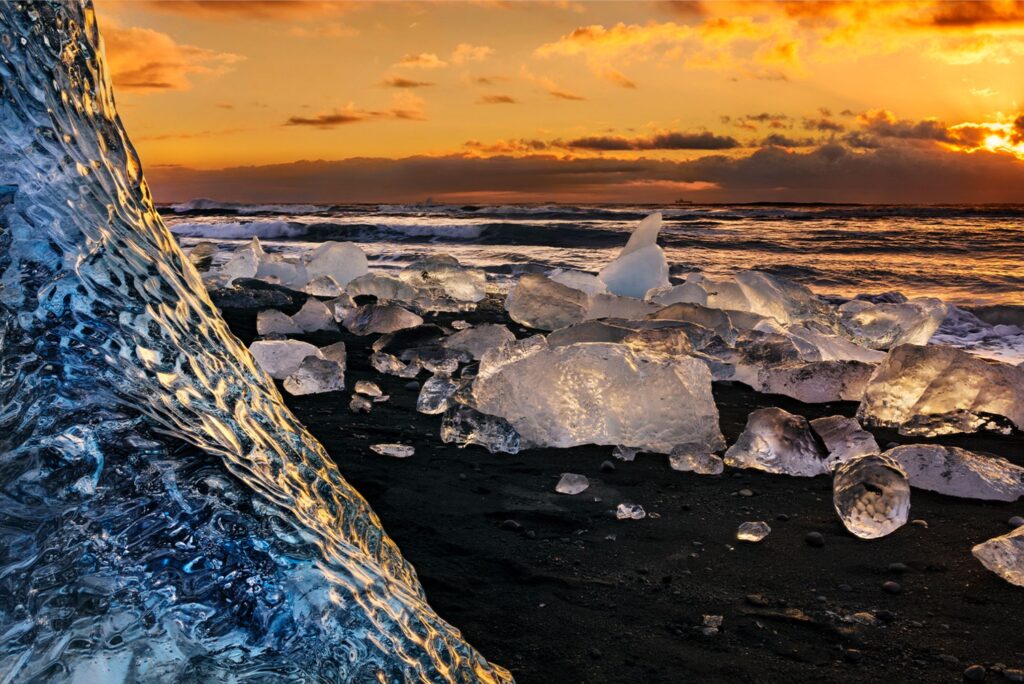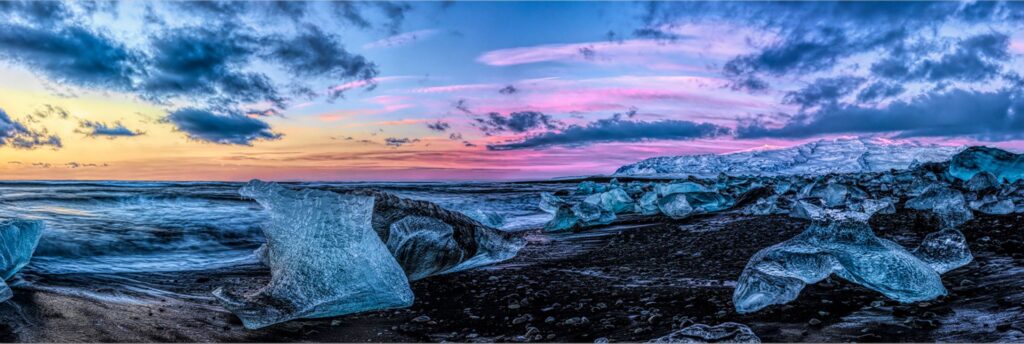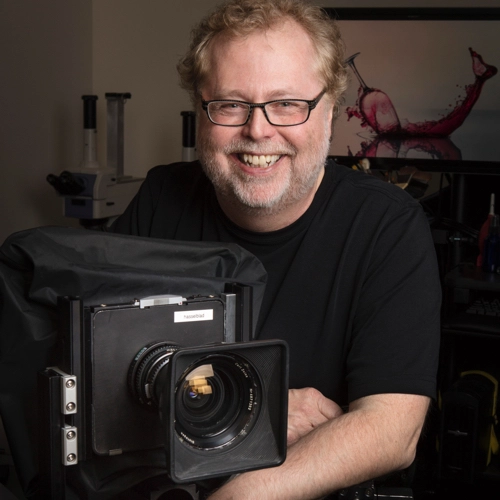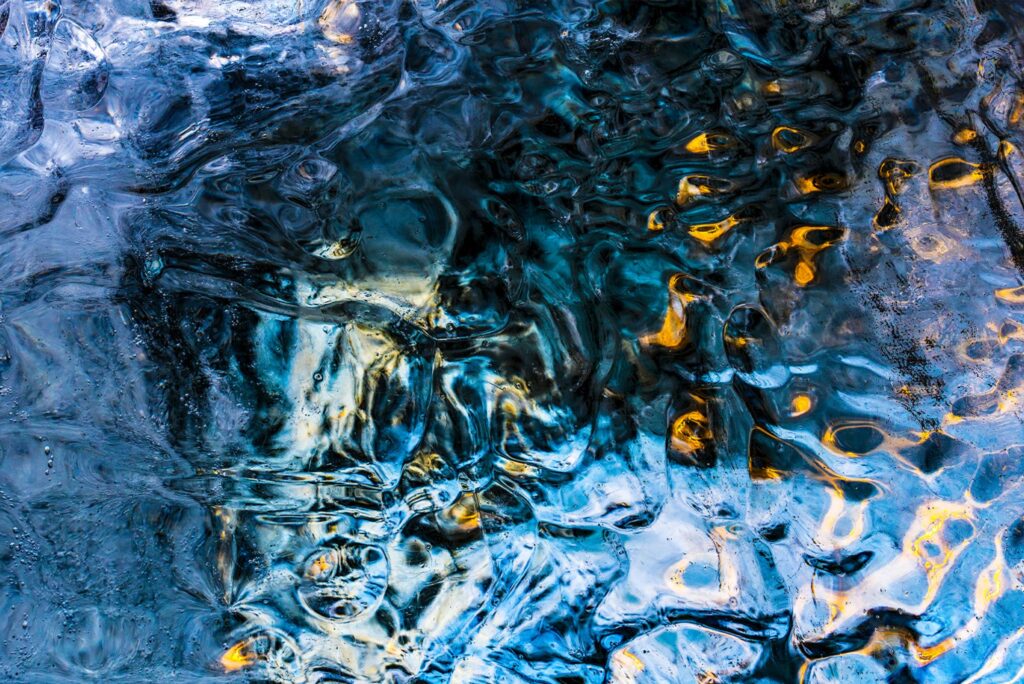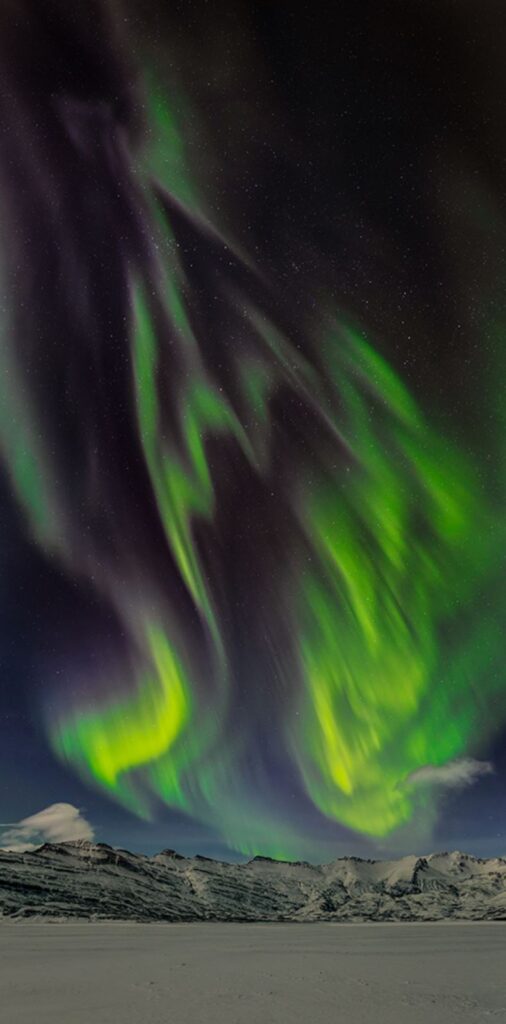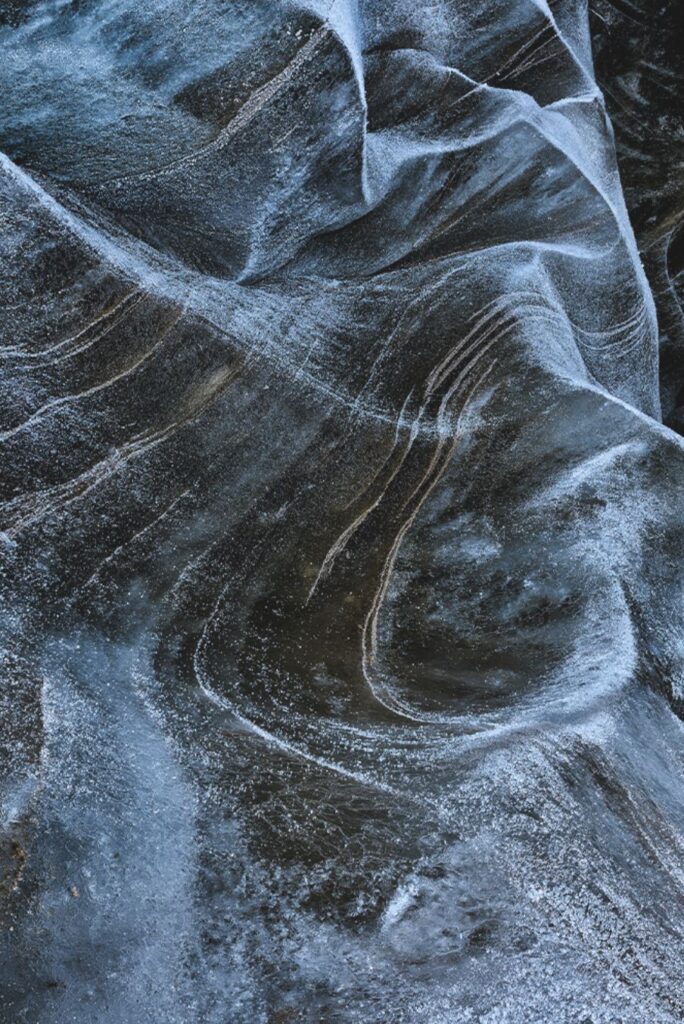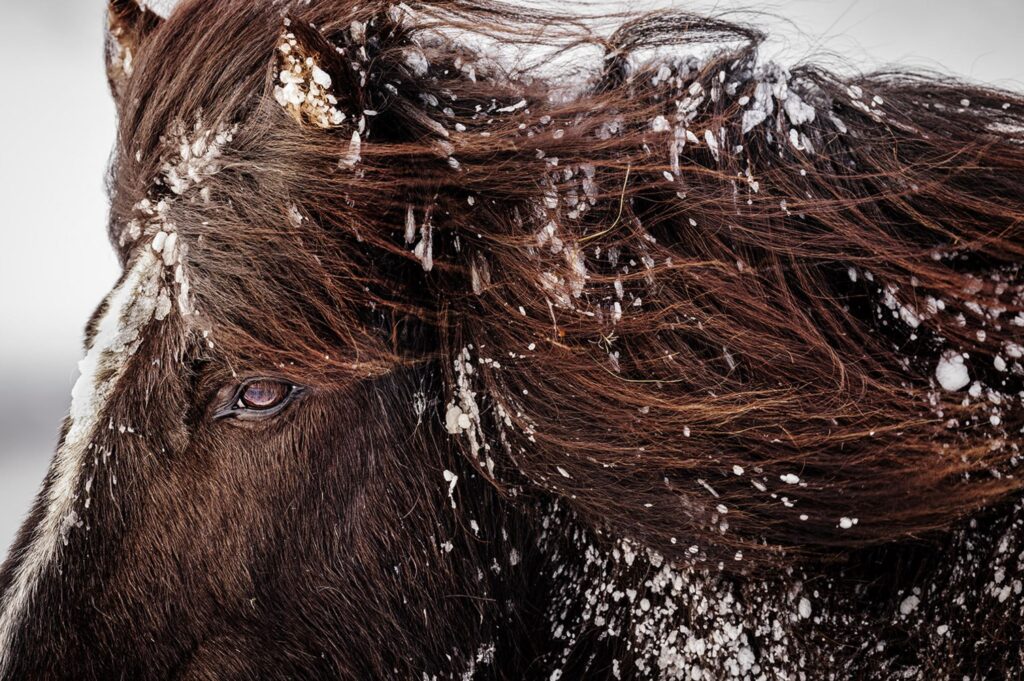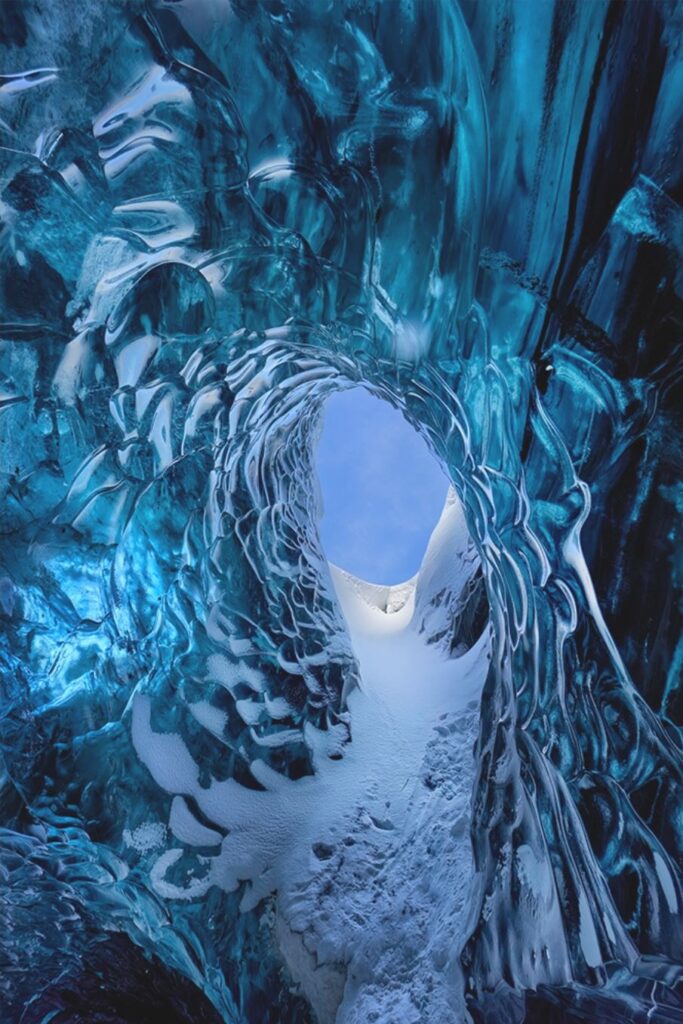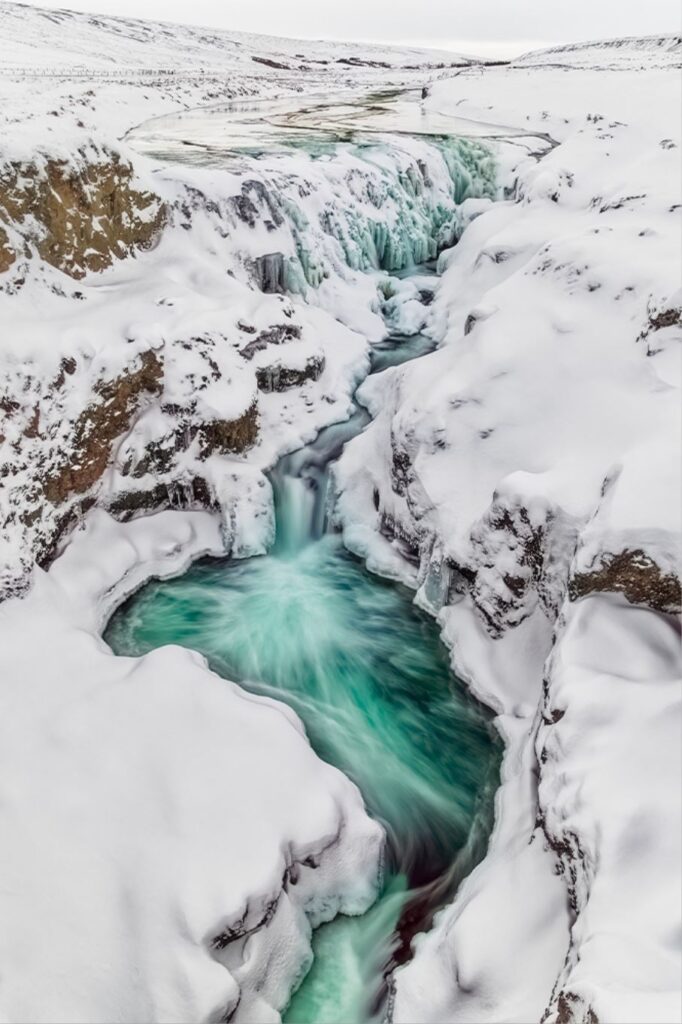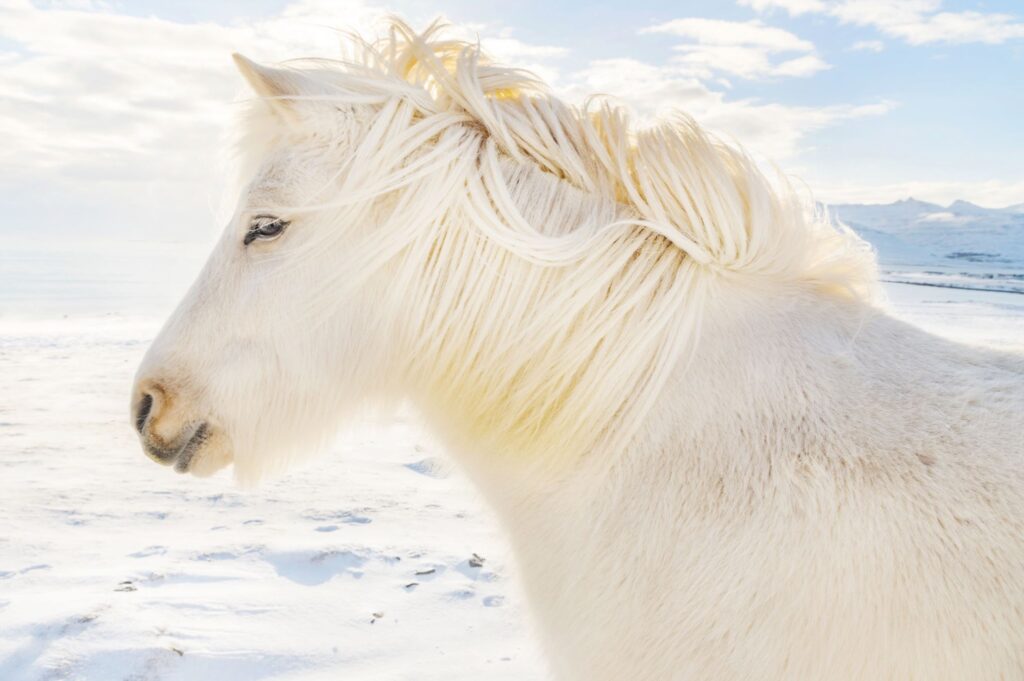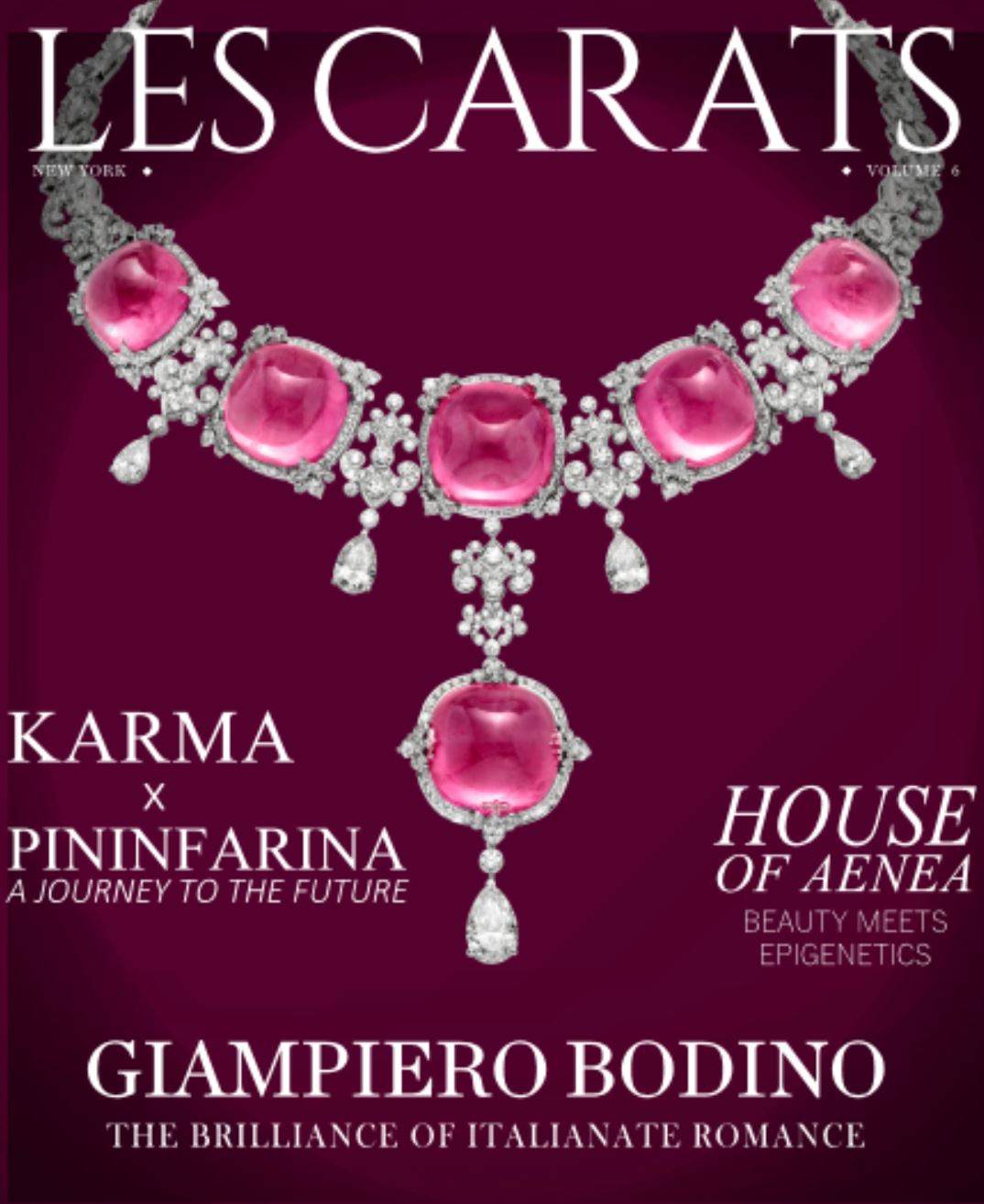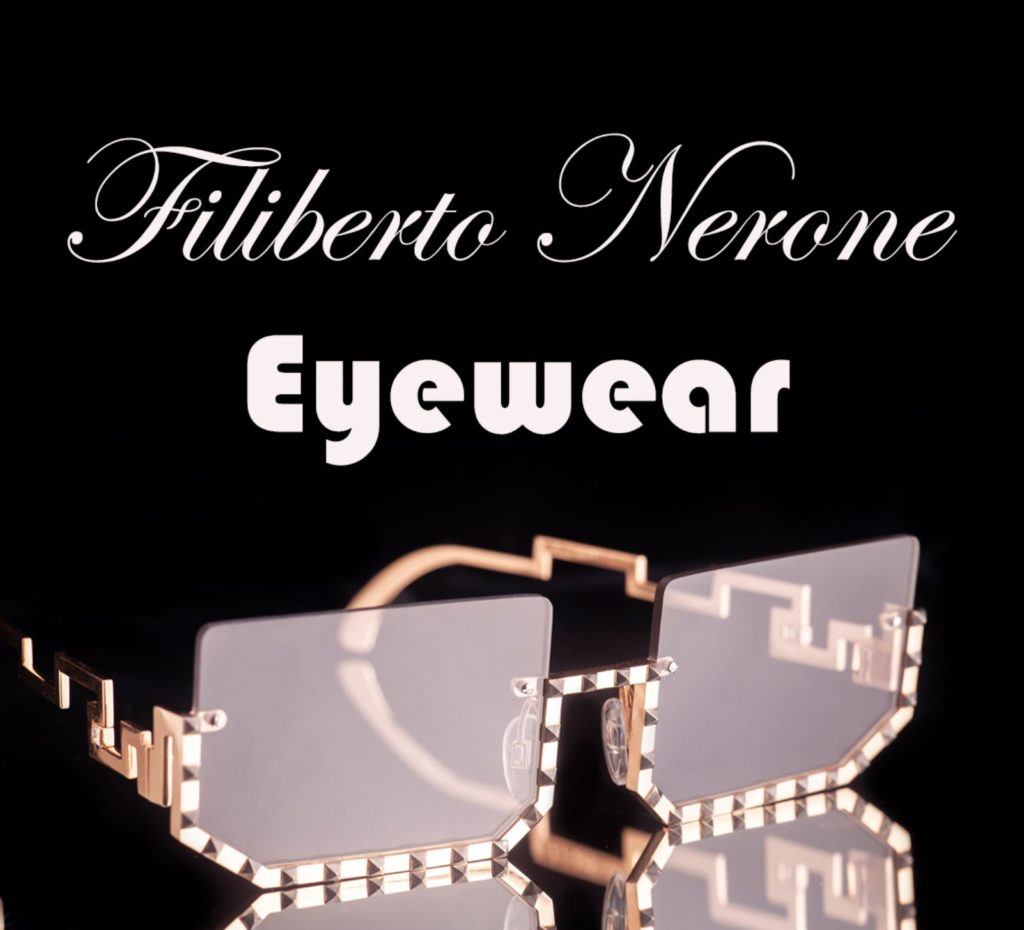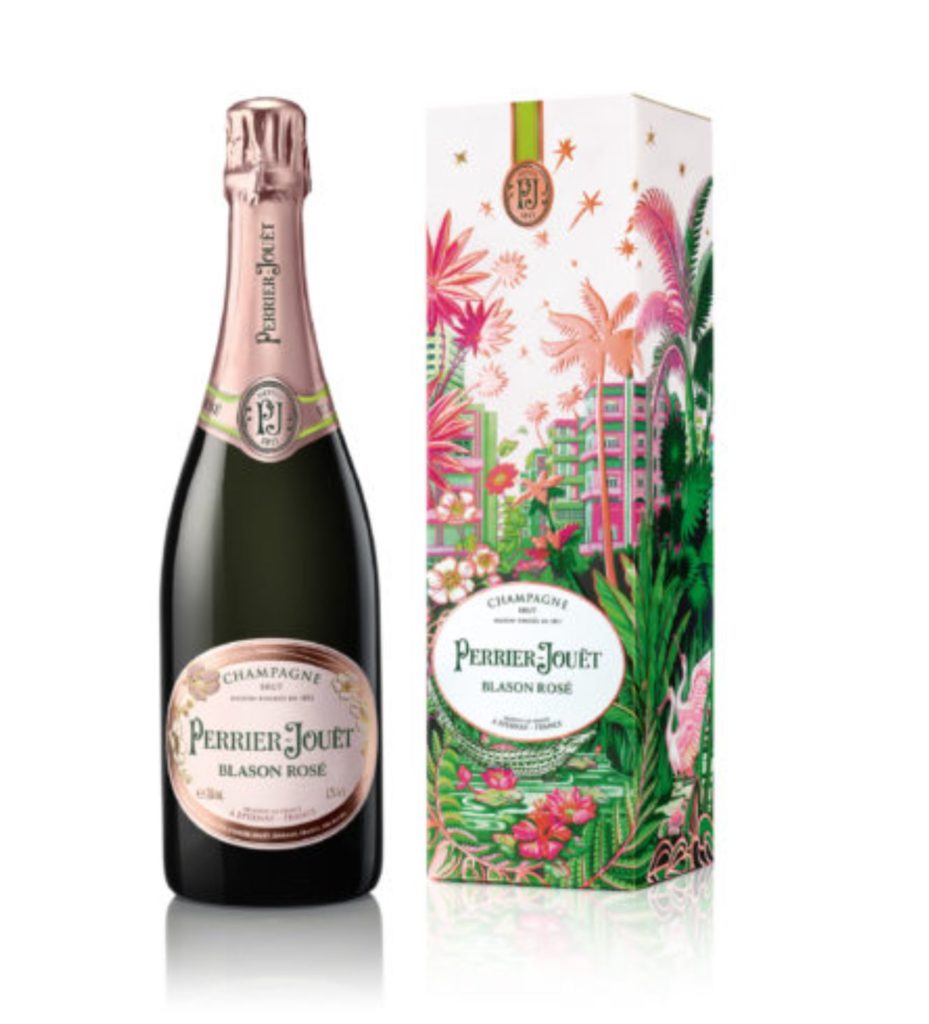Artist or scientist? Creator or the great examiner? There are few talents over the millennia that have blurred the lines and found that life makes more sense when dancing on the edge of the divide. It is a rare opportunity to interview someone who would be quite comfortable in the company of Da Vinci and Michaelangelo, yet who more modernly sits with Bill Gates and world leaders of today endeavoring in advanced nuclear energy. Yet we had such an opportunity to speak with Nathan Myhrvold, a prominent scientist, technologist, inventor, artist and author, with over nine hundred U.S. patents awarded in his name and get an inside look at the inspiration behind his approach to art and life.
His photography and books, mainly focused on food, have been widely acclaimed, yet it seems as his latest collection, The Iceland Series, though breaking with cuisine, may be his best work to date. There is a fluidity and sense of movement that is rare to capture in a still frame and yet Myhrvold’s work both moves and is moving. One glimpse of the image and your senses are whisked away to lands with an endless night where magic is found in the sky.
As an extremely accomplished scientist and inventor what has drawn you to explore the seemingly dissimilar art world, and specifically photography?
Generally, people discard most of their childhood interests as they grow up. When children are little, many are mesmerized by stars, but their fascination eventually fades. They rarely think about them as adults—except perhaps to gaze up at the night sky during a camping trip. I am one of the exceptions to that rule. Although my interests have strayed a bit over the years, I still devote a lot of time and energy to science and natural phenomena, including conducting research on asteroids and writing scientific papers about them. Sure, on one level, this work is serious science, but like child’s play, it is motivated by awe and wonder. Cooking is another childhood interest I held on to into adulthood. An interest in food is less unusual for an adult than an interest in the vast expanse of space, but I took it more seriously than most. In the 1990s, I took a leave of absence from my job as a senior executive at Microsoft to attend culinary school in France. That further kindled the spark, and several years later, I did something even crazier: I decided to write a cookbook, which grew as I and others worked on it and became the six volumes and 2,438 pages of Modernist Cuisine: The Art and Science of Cooking.
Photography, like science and food, is a lifelong pursuit of mine. As a boy, I was given a plastic camera; it became my constant companion. By the time I was 11, I was on the hunt for a better camera, despite having almost no money to spend on one. I spotted a Zeiss Contax II range-finder camera at a Salvation Army thrift store, which I bought for $2, along with a 50 mm lens. By 12, I had purchased a more powerful used camera and converted one of the bathrooms in our house to a darkroom—I informed my mother only after I had coated every surface with matte-black paint—and made my own prints.
My camera is still my constant companion today, even though life is much busier. I always look for opportunities to take photographs, whether for travel or work. When I started writing my first cookbook, I decided that I wanted to use beautiful photography to lure people into the book and engage their curiosity. I used photography to illustrate the complex science of cooking and some of the hidden aspects of food you might not see with your naked eye. The photos were so well-received that I eventually opened a fine art photography shop. Art is a reflection of ourselves and the values we want to project. Food is an important aspect of many people’s lives and those images connect with people who see food as something that inspires passion and curiosity.
Since then, I have continued to take photos of food, but have also expanded my focus to other subjects—including scientific and natural phenomena—that I’ve always wanted to photograph, such as snowflakes, captured in incredible detail, red sprites in a thunderstorm, and the Northern Lights in Iceland.
Is it true that you create your own cameras for your work, and if so, why?
Yes, that’s true. I create my cameras in a literal sense, where my team and I have built entire structures that hold a lens and the image sensor and allow one focus in the pictures. We also build camera systems that utilize existing commercial cameras but then make modifications to do something unusual with them. An example of that is using multiple cameras and lenses that have been arranged to take a panoramic shot. Panorama robots, or motorized panoramic heads, allow you to take photos sequentially. However, something else is needed for something with action. Suppose you want to take a panoramic shot of something with action, like a wave crashing on a beach. In that case, you have to build a bracket to hold multiple cameras in the exact position and also build electronics to ensure that the cameras are all triggered at precisely the same moment.
In your most recent collection of work you traveled to Iceland and explored the exceptional terrain. What drew you to Iceland?
Like most people, when I travel, I have traveled to places during the time that people say is “best.” The reasons are usually a mixture of things, especially if the trip has a particular goal. The “best time” might be very well defined in those cases. If you want to photograph the cherry blossoms in Tokyo, for example, you need to go during the short period when the trees are in full bloom.
Iceland is a fantastic place that I had previously visited in the summer. Summer would seem outwardly like the obvious time to visit because it is way easier to get around, the weather is just vastly better, and you’re not in danger of freezing to death. Iceland in the winter, on the other hand, is just as beautiful, but it’s beautiful in a very different way.
The days are very short because of the polar latitude. That is a challenge for photography because photography is the medium of capturing light, and if there’s no light, that’s tough. But that same thing gives you the opportunity to photograph the Northern Lights. However, the Northern Lights in Iceland aren’t visible during the summer because the sun doesn’t go down. During the winter, the storms produce great clouds that block light most days.
My goal in going to Iceland was to see this amazing landscape in the middle of winter. It turned out to be an incredible experience. It was definitely more difficult than a summer trip would be. At various points, I could not travel because of severe snowstorms that shut down the road network or caused me to get stuck in the snow, etc. The short light made it tough to visit all the places I wanted to see during the daytime.
But the compensatory factor is that the short day has beautiful light—the sun is never very high in the sky resulting in the long shadows and warm tones that one usually associates with golden hour, which generally occurs at sunrise or sunset. During winter, you experience the ethereal effects of snow, fog, clouds, and haze. Although challenging from a certain perspective, those elements can also add an enormous amount to a photo.
Are you able to draw parallels between your previous work, such as your research with Professor Stephen Hawking focused on quantum theories of gravitation, and your approach to photography?
Outwardly speaking, the two endeavors are very different. When I worked with Stephen, we were trying to determine the fundamental structure of space and time and answer questions like, “where did the universe come from?”
Photography has a technological aspect—the optics, the sensors, and so forth—and I find that understanding the technology of photography and designing my equipment is certainly facilitated by my scientific knowledge.
At a more philosophical level, photography is an art form that lets us ask basic questions about ourselves and our environment. Not in the same way as figuring out the fundamental nature of space and time, but art does touch on the grand issues of existence, purpose, and our relationship to the world.
All of your collections beautifully showcase color and deep attention to detail. In the Iceland Collection there also seems to be a special elegance in capturing movement, whether if the piece is about glacial ice, panoramas, or even the wild horses of the land. How were you able to achieve this significant aesthetic in the collection?
Well, I would love to take credit for the aesthetic you identify as something of my own creation. The reality is it’s a mixture of the photos I chose to take and show in the collection and the place itself.
Iceland in winter is full of movement. The snow almost always falls horizontally. Even if it isn’t snowing still, the snow that fell previously is boiling horizontally. There’s always wind. Everything is in motion, whether it is the waves of the Arctic Ocean crashing against the shore, a river surging under and around the ice in a partially frozen waterfall or the flowing mains of the Icelandic horses. I reacted to that and the other nature of the landscape, which you see in the final photos. It’s a very dynamic place, and I’m glad I could capture it, at least to some extent.
How long were you in Iceland?
I was there for two weeks on this trip.
Which piece from this collection are you most excited about?
I’m incredibly excited about the entire collection—I’m thrilled with how all the shots came out. I’ve had a goal of taking some really nice photos of the Northern lights for several years. I miraculously stumbled upon the perfect view of the aurora borealis while driving between locations. This aurora was bright enough to outshine the moon, which is pretty rare and extraordinary, so I feel especially lucky to have photographed it.
What do you look for in inspiration?
Well, inspiration comes in many forms—there is no single source. For landscapes, the inspiration is the place itself, and to some degree, the context under which you’re there. For example, is it bright and sunny? Is it storming? What is it that you’re seeing? And then, is there some way to do justice to what you see and feel using a camera?
Sometimes you have a very profound experience that isn’t particularly easy to capture. But fortunately, other times, you can share some of the feelings you had at the time with others via taking a photograph.
Do you have any advice for other artists?
Any advice for artists must be given in the context that everyone is pursuing their own artistic vision. And if you’re not, then you ought to be. Although the process of creating art is influenced by technology and craftsmanship, what makes art appealing is the ability of an artist’s vision to touch others.
What has been the most fun or memorable thing about being a photographer in contrast to being a scientist and inventor?
Part of the power of photography as an artistic medium comes from the fact that it captures real moments from the world. The photographer knows that. So does the audience. That is powerful because the audience of a photograph knows that it is tied to the real world in a way that is quite different than, say, a sculpture or a painting would be, which is filtered more strongly by the artist’s imagination. This is not to say that photography is literal. Still, it is the promise of literalness and the promise of reality that raises the stakes in the interpretation of the photograph.
Since you are such an accomplished scientist and continue many advanced businesses and endeavors while also enjoying your passion for cooking, we must know, where do you find the time for photography?
I don’t. If I just found the time, I’d never have it because there are always a million other things to do in a busy life. I think it’s important to make the time to pursue one’s artistic vision and do the things you love. It requires a great deal of effort on my part to get other activities and things done so that I have time for photography.

The Iceland Series is currently showcased in Modernist Cuisine Galleries across the country in La Jolla, Seattle, and New Orleans.
- Cover Image: A Crowded Beach in Iceland by Nathan Myhrvold
- Photo Credits: Nathan Myhrvold
